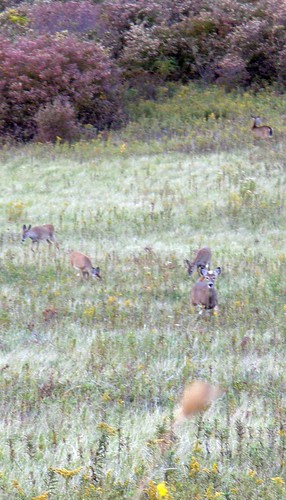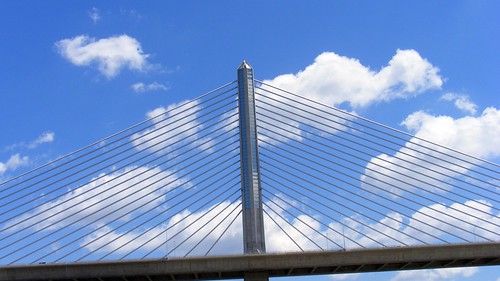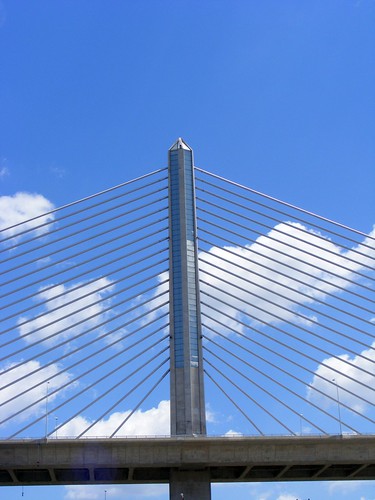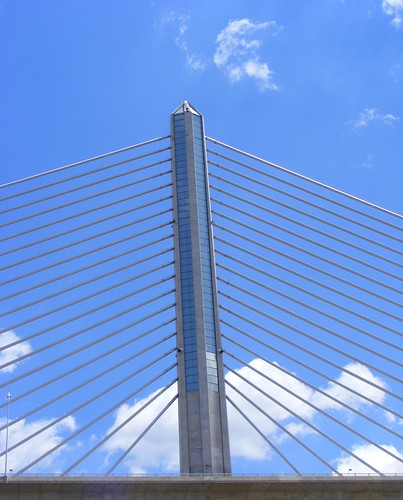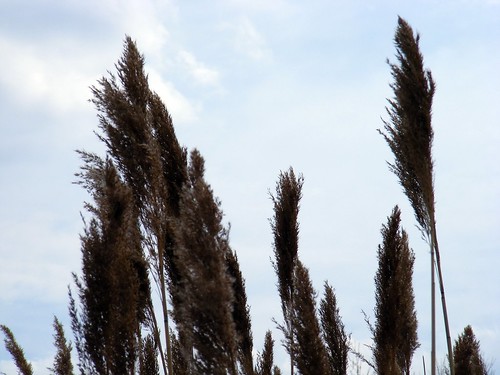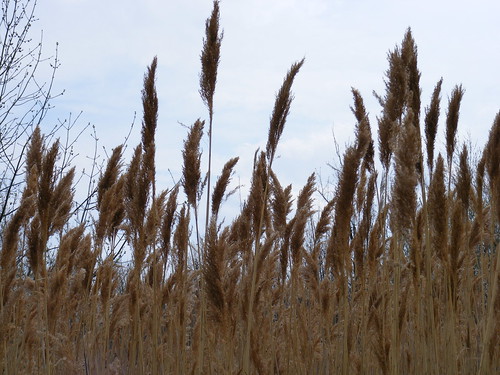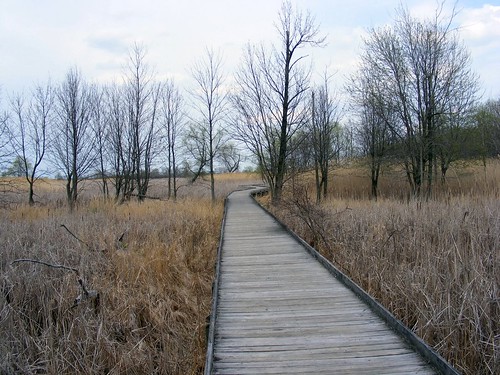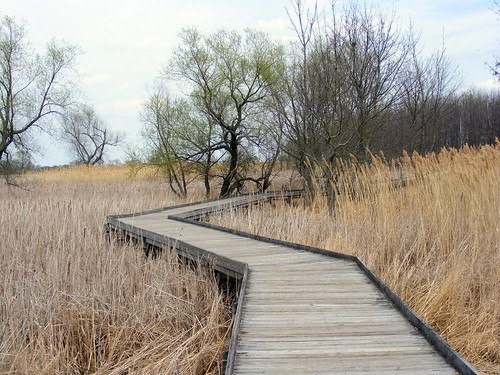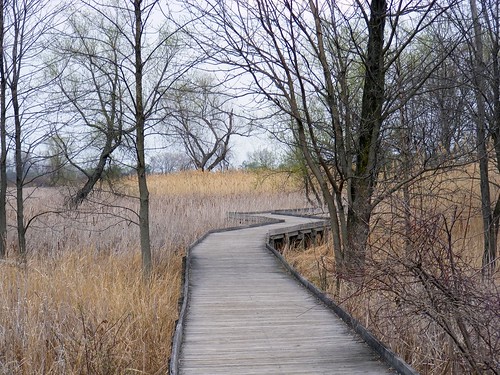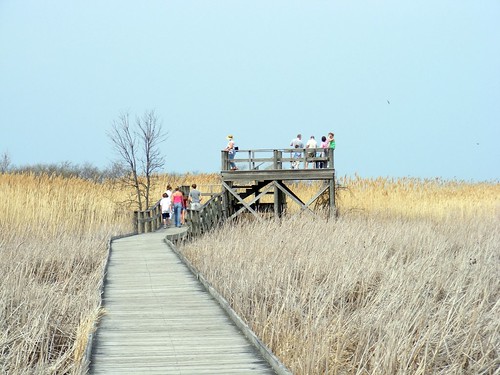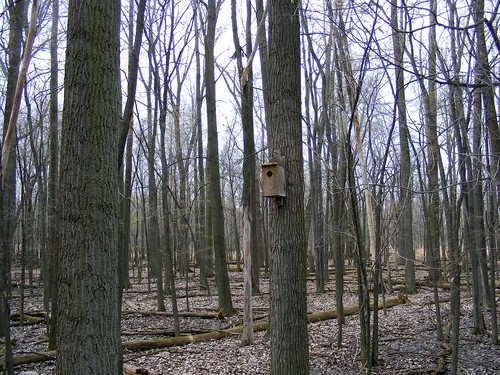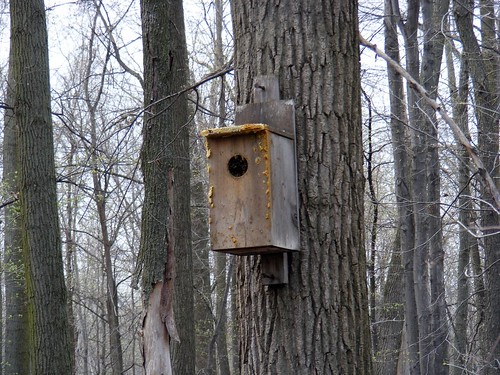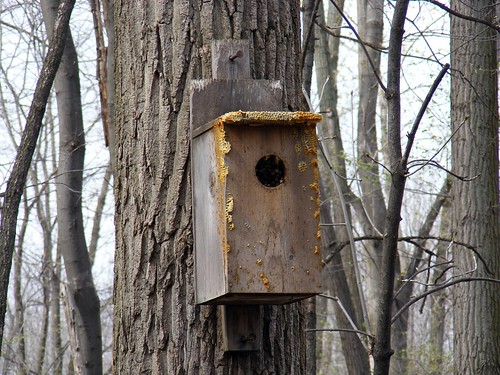Saturday, April 17, 2010
The Isaac Ludwig Mill (and Miami and Erie Canal)
13827 US 24 West (at SR 578), opposite Grand Rapids on the Maumee River.
Canal boats once carried goods and people 249 miles between Toledo and Cincinnati, linking Lake Erie and the Ohio River. Visitors to Providence today get a sense of what canal travel was like during a trip aboard an authentic, mule-drawn canal boat on an original section of the Miami and Erie Canal. The Providence Dam, just upriver from another attraction, the Isaac Ludwig Mill, was originally constructed to keep the canal filled with water. The canal boat and mill are open May through October.
The Canal Experience (canal boat and historic mill)
Sunday, March 07, 2010
Monday, January 11, 2010
Saturday, October 10, 2009
Wednesday, August 05, 2009
Tuesday, August 04, 2009
Monday, August 03, 2009
Tuesday, July 28, 2009
A few shots of "Drums Along the Maumee"



Watch the slideshow: Fort Meigs: Drums Along the Maumee
Thursday, July 02, 2009
Monday, June 15, 2009
The Greenville Treaty, Fallen Timbers

THE GREENVILLE TREATY
TO GENERAL ANTHONY WAYNE WHO ORGANIZED THE "LEGION OF THE UNITED STATES" BY ORDER OF PRESIDENT WASHINGTON AND DEFEATED CHIEF LITTLE TURTLE'S WARRIORS HERE AT FALLEN TIMBERS AUGUST 20 1794. THIS VICTORY LED TO THE TREATY OF GREENVILLE, AUGUST 3, 1795, WHICH OPENED UP MUCH OF THE PRESENT STATE OF OHIO TO WHITE SETTLERS.
Saturday, April 25, 2009
Eastern Box Turtle with Heh

Eastern Box Turtle
The box turtle gets its name from its centrally hinged plastron (lower shell), which enables both front and rear portions of the plastron to be drawn up tightly against the carapace (upper shell). This "boxes in" the turtle for protection.
The greatest threat to Ohio's box turtles is the thoughtless driver who makes no attempt to avoid running over them as they lumber across the highway.
Hebrew letter meanings
*He: 5, To be broken; to take seed; behold; revelation, three dimensions, divine essence, transcendent and immanent light. Brokeness resulting in unified existence, beholding God, potential Divine revelation, and the five voices of the joy of bride and groom.
Thursday, April 16, 2009
Wednesday, April 01, 2009
In & around Lawrence Woods, Ohio


Green Eggs (Life on Death)

View from an abandoned barn of Windmill skeleton

The Beginning and the End - Lawrence Woods Abstract (fallen tree)

Tuesday, September 02, 2008
Fort Meigs, Perrysburg, Ohio
My guest said he hadn't realized how important Ohio was in the history of our country and how closely connected Ohio was with the War of 1812.
We clearly saw how Manifest Destiny was played out here, as we are both firm believers in it understanding the *Hebrew roots and Israelite origins of the Anglo-Saxon-Celts and White peoples of Northwestern Europe as faithfully taught by Herbert W. Armstrong. We found a few references to Manifest Destiny, but wish it were emphasized more as it is in the National Cowboy and Western Heritage Museum I recently visited in Oklahoma City.
Reading some of the posted private accounts of our Ohio pioneers, of our soldiers, and what they had to go through, what privations, cold and ice and water and battles, simply is unbelievable but true! How soft we are today, and how ungrateful too many Americans are for those who cleared the way and made it possible for us to get where we are today. I'm glad some of my ancestors, like Ohio pioneer John Mervin, were here when this area was known as the Black Swamp and persevered and prospered.
We enjoyed a conversation with a pretty red-haired young lady in pioneer dress (with bright blue eyes) at the Quartermaster building who was ready to answer our questions and explained how near to war Michigan and Ohio were over our boundaries and how Michigan had included sections of Toledo and Maumee...
*The Plain Truth about the Lost Ten Tribes of Israel
The Plain Truth About British Israelism
What is British Israelism and is it Biblical?
What follows are some excerpts from www.fortmeigs.org and information from the Ohio Historical Society:
The War of 1812 was fought over free trade, sailor's rights and to decide once and for all who would control the "western country." Great Britain was stopping American merchant ships on the Atlantic Ocean, seizing their cargo and impressing sailors into the Royal Navy. In response, the United States declared war on June 18, 1812. Fort Meigs stood at the center of American military operations in the Northwest Territory. Between June, 1812 and February, 1813, the United States lost Fort Mackinac and Fort Detroit in the Michigan Territory and Fort Dearborn in the Illinois Territory, as well as a major defeat at the Battle of the River Raisin in Michigan. Only Fort Wayne, in the Indiana Territory, withstood British attack.
General William Henry Harrison established a fort on the south side of the Maumee River on February 2, 1813. The fort was to serve as a temporary supply depot and staging area for an invasion of Canada. Named for the Governor of Ohio, Return Jonathan Meigs, the garrison was a home for more than 2,000 men comprised of U.S. regulars and militia from Ohio, Kentucky, Pennsylvania, and Virginia.
When the enemy laid siege to Fort Meigs on May 1, 1813, they found General Harrison ready. With a strong fort, 1,200 troops, and twenty to thirty pieces of artillery, the garrison dug in with the knowledge that reinforcements were on the way. The bombardment ended after four days, when a troop of Kentucky militia arrived to reinforce Fort Meigs. On May 9, the enemy lifted the siege and returned to Canada. The Indians who had accompanied the British during the siege were bitterly disappointed by their failure to take the fort.
In July, 1813, the British attempted to appease their allies by again besieging Fort Meigs. The Indians staged a mock battle to lure the garrison out. The Americans, however, saw through the ploy. After the failed siege attempt, the British moved on to Fort Stephenson, where Fremont, Ohio stands today. That attack also failed, causing heavy British losses and forcing their retreat to Canada.
On September 10, 1813, Commodore Oliver Hazard Perry defeated a British naval force on Lake Erie, giving the United States the upper hand in the Northwest. Harrison transferred all but 100 men from Fort Meigs north to Canada and ordered the fort dismantled. In its place, a small, square stockade was constructed to serve as a supply base and to protect the Maumee rapids.
With Harrison's victory at the Battle of the Thames in October, 1813, the war in the Northwest was all but over. Peace came in December, 1814 with the signing of the Treaty of Ghent and in May, 1815 the United States formally abandoned Fort Meigs. Shortly after it was abandoned, Fort Meigs burned to the ground, either by the military or by careless squatters.
The site was preserved by the Hayes family who purchased the land and used it for grazing cattle. In 1840, William Henry Harrison returned to the site to hold a rally during his successful run for the Presidency.
In 1908 the Grand Army of the Republic, an organization of Civil War veterans, held a reunion in Toledo, Ohio. To commemorate their arrival, and to honor the memory of the soldiers who served at Fort Meigs, a monument was erected on the site.
The fort was reconstructed by the Ohio Historical Society and was opened in 1974. Since then, the site has seen thousands of visitors and continues to fulfill its charge to educate the public.
*************
Fort Meigs Museum & Visitor Center Information
The Reconstruction of Fort Meigs
**********
Produced by the Greater Toledo Visitors and Convention Bureau and WGTE.


